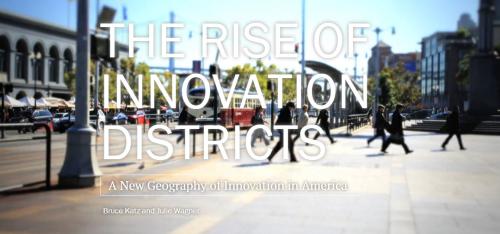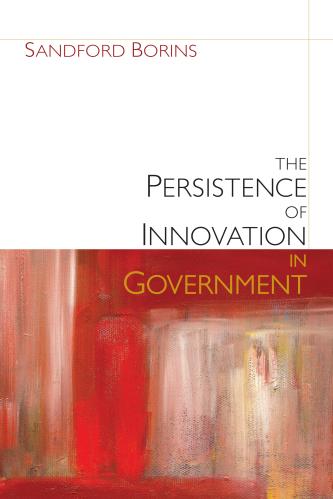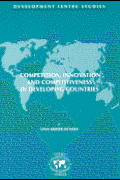Both the University of Chicago and the U.S. Department of Energy’s national labs are renowned for pioneering innovation. In the 1940s, Enrico Fermi and others, whose work would soon lead to the establishment of the Argonne National Laboratory, catalyzed the first man-made nuclear chain reaction on campus as part of the Manhattan Project. Unfortunately, the institutions have also historically taken an insular approach to R&D rather than engaging with the broader community.
That’s changing as a year-old facility on the university’s Hyde Park campus is now fostering closer collaboration between the labs and regional institutions. Joining resources from the region’s Argonne National Laboratory and Fermi National Accelerator Laboratory with partners and resources from across the university, the Chicago Innovation Exchange (CIE) builds on the institutions’ long-standing formal partnership to create an urban center aimed at commercializing research and ideas.
Says Greg Morin, Argonne’s director of strategy and innovation: “The expertise for moving science and technology to markets lives outside the fence of the lab.”
Inside CIE, lab researchers work with mentors and coaches to translate their work into business propositions. One Argonne researcher worked with exchange mentors to refine the business concept for Array of Things, an urban sensors system that will provide real-time block-by-block information on traffic, weather, pedestrian activity, and other trends in the city. The project, which is now under implementation in Chicago and several other cities, also received a $150,000 investment from the Chicago Innovation Fund, a $20 million fund housed at the exchange.
The CIE facility—which also hosts an incubator with over a dozen startups and sponsors a full schedule of workshops, hackathons, and networking events as part of a broader mission to expand regional innovation and entrepreneurship—serves as a platform for lab officials to connect with others in the region. Researchers collaborate with university professors and students and participate in STEM programs and events with local high school students, serving as ambassadors for the lab in the local community. Exchange leaders also have office space at Argonne, where they engage researchers around the opportunities at the exchange.
At the same time, according to John Flavin, the CIE’s executive director and a life sciences entrepreneur, the exchange also helps connect a regional gap in awareness among entrepreneurs of the importance of lab innovation as a resource.
The exchange, he said, “makes it easier to get innovation out into the marketplace and the marketplace to innovation.”
Collaborations like these at CIE are important because, as Brookings research has described, strong connections between national labs and regional economic clusters and institutions provides benefits for both lab researchers and regional economies, boosting the labs’ economic impact by exposing regional firms to cutting-edge innovation and increasing commercialization.
In recent years, the Department of Energy has taken important steps to both incentivize national labs to engage with regional partners, including through a $20 million “innovation voucher” pilot, and to focus on boosting commercialization, alongside its longstanding focus on basic and applied science research. (Disclosure: Brookings has advised some of these efforts.) But to maximize the value of top-down federal support, these efforts also require new or deepened forms of collaboration at the regional level. The exchange is working on that.











Commentary
Chicago exchange takes innovation outside the lab
December 16, 2015